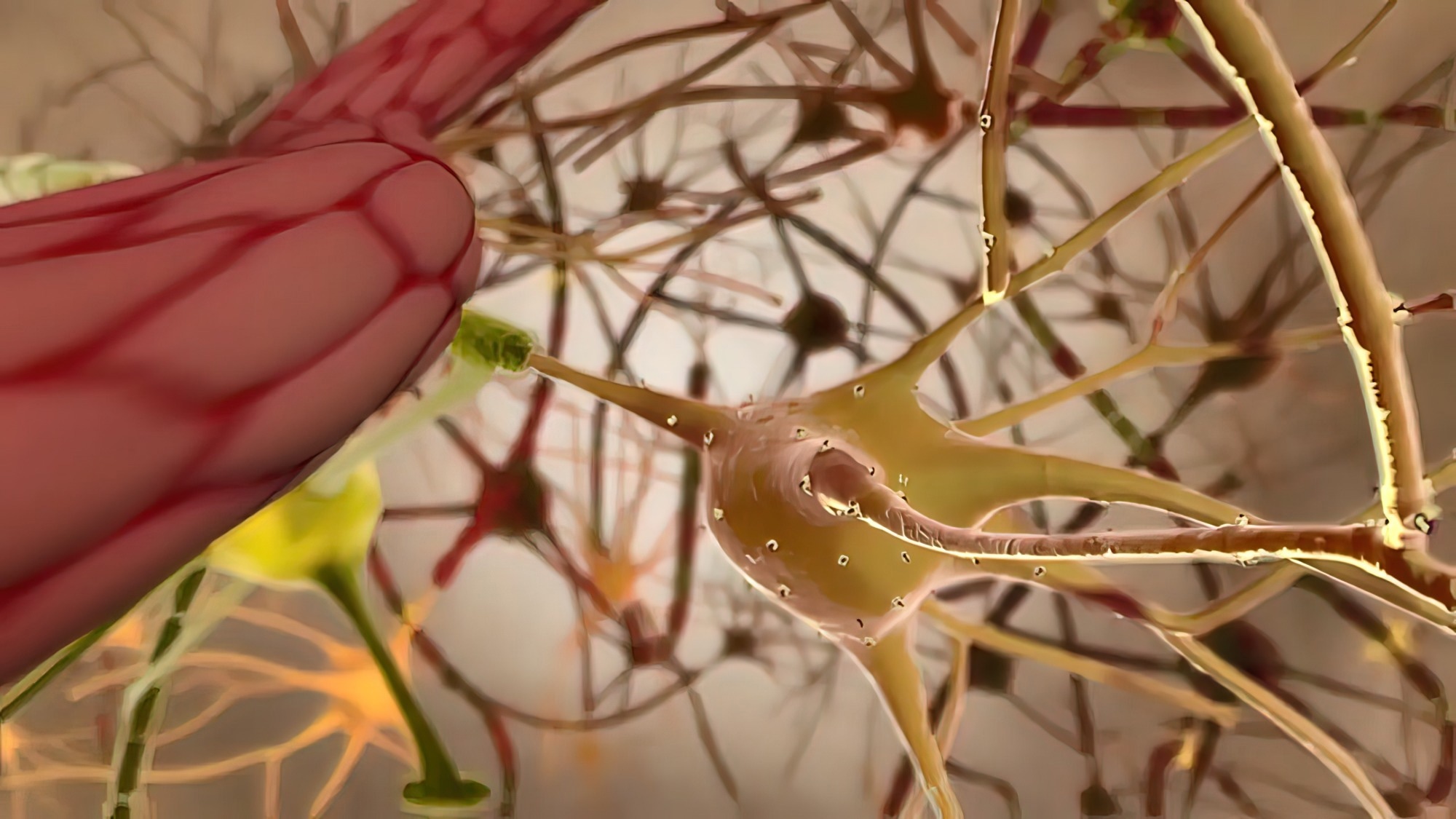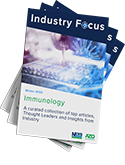Interesting. Which means with your risks of both Parkinsons and Alzheimers your doctor and hospital should competently follow this up with further research to see how both those can be prevented post stroke. But NOTHING WILL OCCUR. You don't have a functioning stroke doctor or hospital!
Your risk of dementia, has your doctor told you of this?
1. A documented 33% dementia chance post-stroke from an Australian study? May 2012.
2. Then this study came out and seems to have a range from 17-66%. December 2013.`
3. A 20% chance in this research. July 2013.
4. Dementia Risk Doubled in Patients Following Stroke September 2018
Your risk of Parkinsons here:
Parkinson’s Disease May Have Link to Stroke March 2017
The latest here:
Epidemiological evidence that Alzheimer's and Parkinson's could be caused by viral infections
Several studies have indicated that microbial or viral infection could lead to neurodegenerative disease. A recent study published in the journal Neuron has focussed on assessing the putative associations between viral exposures and neurodegenerative disease (NDD) onset, using real-world biobank scale data.
 Study: Virus exposure and neurodegenerative disease risk across national biobanks. Image Credit: picmedical / Shutterstock
Study: Virus exposure and neurodegenerative disease risk across national biobanks. Image Credit: picmedical / Shutterstock
Background
A previous study has indicated that prior infection with the Epstein-Barr virus (EBV) enhanced the risk of multiple sclerosis. In addition, the evidence related to the short and long-term cognitive impact of severe acute respiratory syndrome coronavirus-2 (SARS-CoV-2) virus, which is the causal agent of the ongoing pandemic, has reinstated the question about the positional link between viral infection and the incidence of neurodegenerative diseases. Prior studies have also indicated a possible association between microbial exposure and elevated risk of neurodegeneration.
About the Study
The current study obtained relevant data from the FinnGen project and the UK Biobank (UKB) to investigate the potential link between viral exposure and the incidence of various NDDs, such as amyotrophic lateral sclerosis (ALS), Alzheimer’s disease (AD), vascular dementia (VAS), multiple sclerosis (MS), Parkinson’s disease (PD), and generalized dementia (DEM).
The two national biobanks, i.e., The FinnGen and UKB, represented a large number of participants. The FinnGen (the nationwide Finnish biobank) contains genotyping data for over 300,000 individuals, while UKB contains genotyping data from approximately 500,000 individuals from the UK. For controls, a subset of 96,390 age-matched (above 60 years of age), unrelated individuals were included who shared European ancestry and did not have NDD of any kind.
Study Findings
Based on longitudinal data from FinnGen, 45 significant NDD/virus associations were found, and 22 of these associations were replicated in cross-sectional data from the UKB. Notably, influenza, with or without the development of pneumonia, was determined to be the most common viral infection, which resulted in five of the six NDDs mentioned above, i.e., AD, ALS, dementia, PD, and VAS.
Viral encephalitis caused by the varicella-zoster virus was also associated with the manifestation of more than one NDD. An association between herpes simplex virus (HSV) encephalitis and incidence of AD, genital warts and dementia, hepatitis and AD, EBV and MS, EBV and dementia, and HSV and MS were also found in this study.
A recent Danish study has revealed an association between influenza and PD, where the odds ratio was estimated to be 1.73 for up to 10 years of viral infection. Interestingly, a similar observation was drawn based on the FinnGen cohort, where the hazard ratio for influenza and pneumonia was estimated to be 1.72.
In this study, none of the viruses were found to be associated with a protective effect, as they were all linked with an elevated risk of NDD manifestation. Around 81% of viruses were found to be neurotrophic, which indicates that they can attack the central nervous system (CNS) via peripheral nerves or by crossing the blood-brain barrier. These viruses enhance the risk of NDD by reducing cognitive reserve through inflammation in the brain.
Effective vaccines are available for several viral infections, such as influenza, varicella-zoster (shingles), and pneumonia. Even though many of the vaccines, such as the COVID-19 vaccine, do not prevent the occurrence of the disease, they reduce disease severity. Importantly, several studies have provided evidence that vaccination significantly reduces the risk of developing NDD.
Vaccination might lower viral transmission, reduce the viral load, and prevent aberrant immune reactivity, which might affect NDD pathogenesis. Increased use of widely available vaccines could help reduce the overall risk of developing NDD in the later stages of life. However, for its implementation, more research is required to evaluate the effectiveness of different types of vaccinations.
In addition to vaccination, antiviral treatment for HSV and varicella-zoster virus also revealed a lowering in the risk of dementia. Although antiviral target-specific drugs also prevented NDD progression, more research must be conducted to better understand its mechanism and effect.
Study Limitations
The current study has some limitations, including access to only the summary data level of FinnGen. In addition, the authors only had access to cross-sectional and prevalent disease data in UKB. This limitation in data access can cause some noise in data analysis. Also, both the national cohorts used diagnoses based on medical billing codes and not bloodwork or assays conducted in laboratories. Since the standardization of electronic records only occurred in the last two decades, the effect of early-life viral exposures on the incidence of NDDs could not be assessed.
Conclusions
A longitudinal and cross-sectional survey was performed to analyze the association between viral exposure and NDDs, in an unbiased manner. Rapidly identifying potential factors that enhance the risk of developing NDD could also help formulate effective strategies to prevent disease onset. In the future, more research must be conducted to better understand the virus/NDD associations.
- Levine, S.K. et al. (2022) Virus exposure and neurodegenerative disease risk across national biobanks. Neuron. https:// doi.org/10.1016/j.neuron.2022.12.029, https://www.cell.com/neuron/fulltext/S0896-6273(22)01147-3


No comments:
Post a Comment